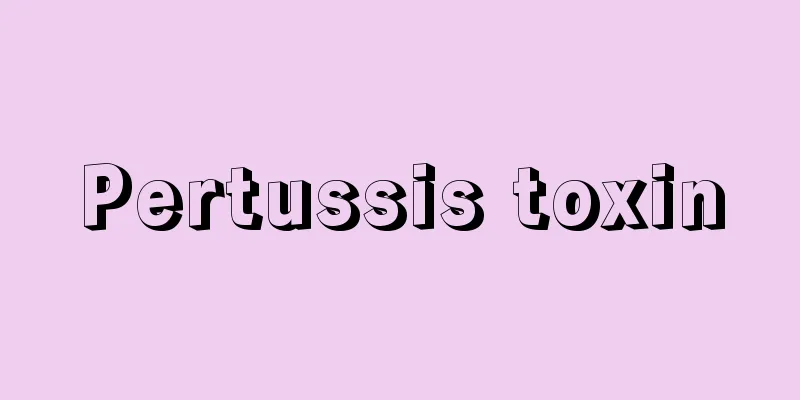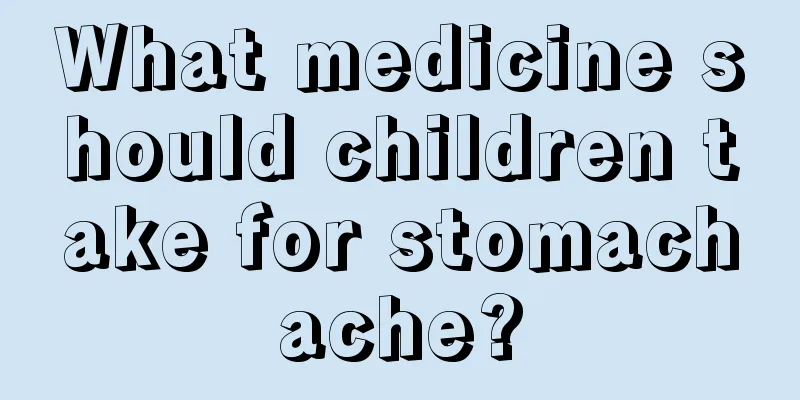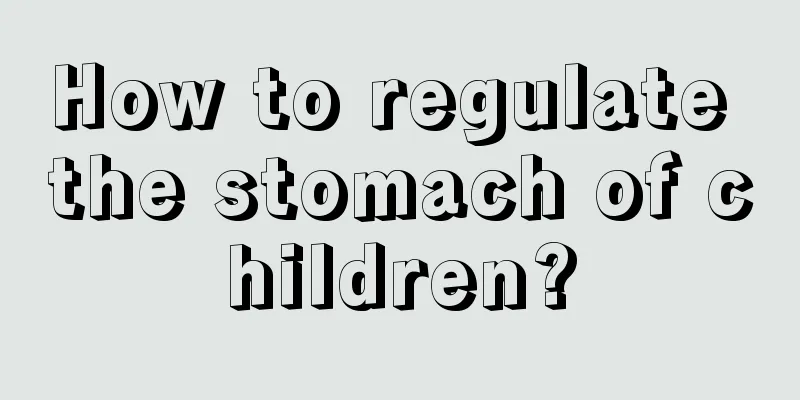Pertussis toxin

|
When babies are young, they have a high chance of being infected with diseases because of their weak resistance. If the pertussis toxin invades the baby's body, it will affect the baby's body and the baby will develop acute respiratory diseases. Because this disease lasts for a long time, it is called "pertussis." Whooping cough is highly contagious. Younger children are more likely to be infected, and the mortality rate is also very high.
The pathogenesis of pertussis is not very clear, but it is probably the result of the combined effects of pertussis toxin on the body. When the bacteria penetrate into the respiratory tract of susceptible people with air droplets, the bacterial filamentous hemagglutinin adheres to the surface of ciliated epithelial cells from the throat to the bronchiolar mucosa; then, the bacteria multiply locally and produce a variety of toxins such as pertussis exotoxin and adenylate cyclase, which cause epithelial cell ciliary paralysis and cell degeneration, reduce protein synthesis, cause epithelial cell necrosis and shedding, and cause systemic reactions. Due to the occurrence of epithelial cell lesions and ciliary paralysis, mucus and necrotic epithelium accumulate in the small bronchi, and the excretion of secretions is blocked, which continuously stimulates the peripheral nerves of the respiratory tract and transmits them to the cough center in the cerebral cortex and medulla oblongata, causing reflex spasmodic cough. Due to long-term stimulation, an excitation focus is formed in the cough center, so that non-specific stimulation, such as eating, pharyngeal examination, cold wind, smoke, and injection pain, can all cause reflex spasmodic cough. During the recovery period, crying and other infections may induce whooping cough-like spasms. Recent studies have shown that the mechanism of pertussis is related to the damage of host cell immune function by Bordetella pertussis toxins. The immune response mediated by cytokines secreted by CD4+T cells and Th1 cells plays an important role in Bordetella pertussis infection.
Whooping cough is an acute respiratory infectious disease caused by Bordetella pertussis. Its clinical characteristics are paroxysmal spasmodic cough accompanied by a deep "cock-crowing"-like inspiratory roar. If not treated promptly and effectively, the course of the disease may last for about several months, hence the name "whooping cough." The disease is highly contagious and often causes epidemics. The younger the child is, the more serious the condition is, and the child may die from complications of pneumonia and encephalopathy. In the past three decades, due to widespread vaccination, the prevalence of whooping cough in my country has been greatly reduced, and the incidence and mortality rates have also been significantly reduced. Because of the severe spasmodic cough, the children often cough with red faces, tears and mucus, and sticking out tongues. Finally, they cough up a lot of mucus, and make a roar like a rooster due to the strong inhalation. This can happen several times a day, up to 30-40 times, especially at night. The younger the child, the more serious the condition. Three-month-old infants often show symptoms of paroxysmal breath holding, cyanosis, and suffocation, but do not have the typical severe convulsive coughing of older infants. Some even have whole-body convulsions, loss of consciousness, and even death. It may also be accompanied by encephalopathy, which can lead to cerebral hypoxia and brain tissue damage. If not treated in time, it may affect the intellectual development of children. |
<<: Symptoms of cockroach bites
>>: What are the symptoms of encephalitis in a 9-year-old child?
Recommend
Why do children's teeth turn yellow?
Nowadays, many young children have yellow teeth. ...
How to cut nails for newborn baby?
Newborn babies are in the stage of growth and dev...
Why does a child walk with his feet turned outward?
Compared with children who walk with their feet t...
How to deal with baby’s fever?
Because the baby has just been separated from the...
How should mycoplasma infection in children be treated?
Children are young and have weaker resistance. Un...
What to do if baby spits up milk from nose
We all know that some organs in the baby's bo...
Can children get cataracts?
Cataract patients are generally elderly people, b...
What to do if a two-year-old baby has hemorrhoids
Babies are the apple of parents' eyes. Now ma...
Side effects of eating bird's nest for children
In recent years, there have been more and more ca...
How to reduce swelling on a child's head
No matter what condition a child has, parents are...
2-year-old boy's height and weight
During the baby's growth process, parents wil...
At what age should babies get the chickenpox vaccine
When children reach a certain age, they need to b...
What can children supplement to grow taller?
If a child's body lacks certain nutrients, it...
Why are the corners of my baby's eyes yellow?
Newborn babies are most likely to have various pr...
What is the disease on the baby's feet
Once some mothers find red spots on their baby’s ...









